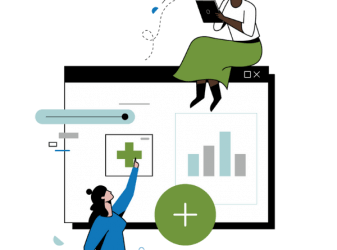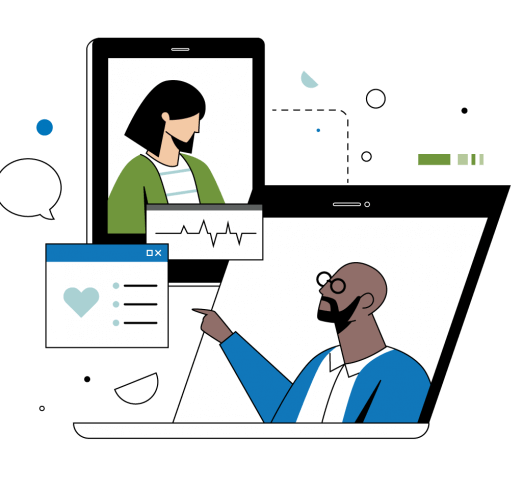
Boosting healthcare workforce resiliency: Two solutions to create workforce supply and flexibility
AVIA
Insights
AVIA

Care models have shifted dramatically in recent years, thanks to the rise and widespread acceptance of digital. As technologies like remote monitoring and virtual visits have become commonplace at many health systems, it’s possible to better support selected patients in a new care site: the home.
Connected Care at Home offers enormous benefits over traditional hospital-based care, with the opportunity to improve patient outcomes, deliver cost savings, and drive multiple new revenue opportunities for health systems. What’s more, it’s a genuine innovation that’s driven by patient demand and shifting technological norms—and one that’s not going to go away any time soon.
Despite some investment in individual solutions, few health systems have properly investigated Connected Care at Home’s many strategic opportunities. But with $265 billion in care expected to shift into the home by 2025, it’s critical that health systems evaluate the options and act now.
AVIA’s Connected Care at Home framework presents a unique opportunity for health systems. Instead of just enhancing existing revenue sources or opening up a single new opportunity, it offers multiple paths to action—and what’s more, they’re driven by technologies that many health systems already have in place today.
In our recent webinar, Beyond hospital walls: Preparing for the connected care at home revolution, Sarah Carroll, Vice President of AVIA’s Center for Care Transformation, and Lisa Rother, System Director for Hospital at Home at INTEGRIS Health, outlined how technologies like remote monitoring, bidirectional communication, and virtual visits can be used to drive new revenue streams, including a $35 million revenue opportunity for the average 50-bed hospital at home program.
Connected Care at Home isn’t just a new revenue opportunity, but a reaction to major shifts in the healthcare landscape that are already underway—or, in some cases, have been with us for years. The widespread acceptance of digital and increasing availability of home internet and cellular connections has made patients more accustomed to convenient and high-quality digital experiences, while traditional inpatient care models have faced mounting challenges, including limited bed space and workforce shortages.
The COVID-19 pandemic also set the stage for a major shift toward Connected Care at Home. The sudden shift in care needs drove a rapid expansion of digital capacity and has provided ample evidence that technologies like virtual visits and remote monitoring could deliver a high standard of care from the convenience of the home. Although those early days of the pandemic are behind us, the new care landscape it created remains—and it’s one where Connected Care at Home is prepared to flourish.
The financial pressures facing the industry has led many health systems to retreat into a defensive, cost-cutting mode. This creates a real risk that they will be left unprepared for the Connected Care at Home market shift and miss out on revenue that could help alleviate those same pressures. At a minimum, health systems need to begin laying the groundwork for Connected Care at Home—or risk losing patients to competing health systems, payviders, retail innovators, and other digital disruptors, who are not limited by geographic proximity.
Health systems need to invest time now to examine which Connected Care at Home models are appropriate for them, which technologies are already in place, and where gaps exist to position them for success.
Like most major industry shifts, the arrival of Connected Care at Home represents both opportunity and risk. By taking concrete steps today to evaluate, embrace, and adapt to this market shift, health systems can ensure that both they and their patients are able to benefit.
Watch our webinar to learn more about the emerging models for Connected Care at Home. If you’re ready to learn how your health system can benefit from the AVIA’s Connected Care at Home framework and how to begin preparing now, contact us.